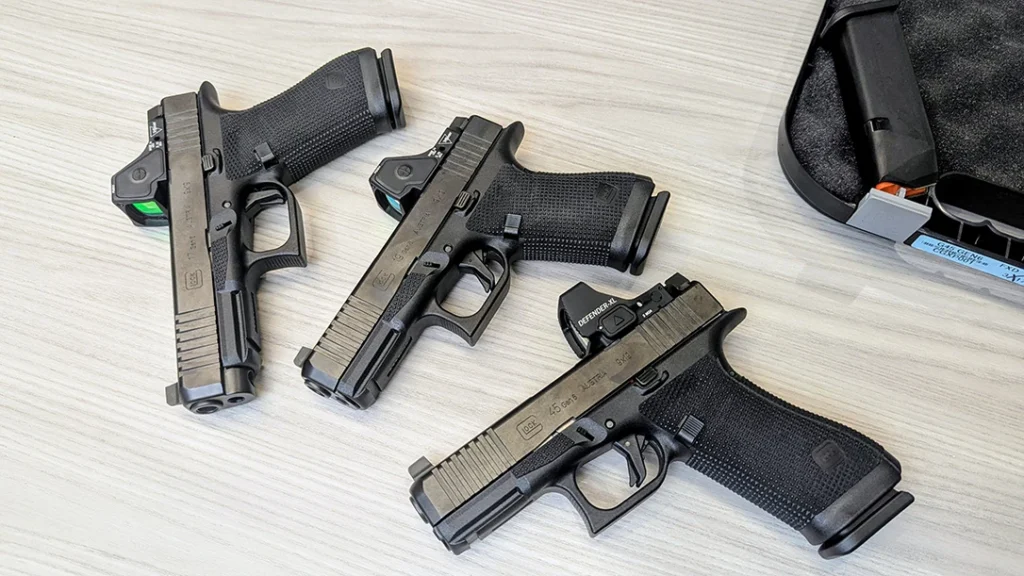The following is a release from Air Force Public Affairs:
The Air Force announced this week the contract award of Engineering and Manufacturing Development (EMD) and early production for the Long Range Strike Bomber to Northrop Grumman Corporation.
“The LRS-B is critical to national defense and is a top priority for the Air Force,” said Secretary of the Air Force Deborah Lee James. “We face a complex security environment. It’s imperative our Air Force invests in the right people, technology, capability and training to defend the nation and its interests – at an affordable cost.”
Advertisement — Continue Reading Below
The future threat will evolve through the introduction of advanced air defense systems and development of more capable surface to air missile systems. The LRS-B is designed to replace the Air Force’s aging fleets of bombers – ranging in age from 50+ years for the B-52 to 17+ years for the B-2 – with a long range, highly survivable bomber capable of penetrating and operating in tomorrow’s anti-access, area denial environment. The LRS-B provides the strategic agility to launch from the United States and strike any target, any time around the globe.
“The LRS-B will provide our nation tremendous flexibility as a dual-capable bomber and the strategic agility to respond and adapt faster than our potential adversaries,” said Chief of Staff of the Air Force Gen. Mark A. Welsh III. “We have committed to the American people to provide security in the skies, balanced by our responsibility to affordably use taxpayer dollars in doing so. This program delivers both while ensuring we are poised to face emerging threats in an uncertain future.”
The Long Range Strike Bomber contract is composed of two parts. The contract for the Engineering and Manufacturing Development, or EMD, phase is a cost-reimbursable type contract with cost and performance incentives. The incentives minimize the contractor’s profit if they do not control cost and schedule appropriately. The independent estimate for the EMD phase is $21.4 billion in 2010 dollars.
Advertisement — Continue Reading Below
The second part of the contract is composed of options for the first 5 production lots, comprising 21 aircraft out of the total fleet of 100. They are fixed price options with incentives for cost. Based on approved requirements, the Average Procurement Unit Cost (APUC) per aircraft is required to be equal to or less than $550 million per aircraft in 2010 dollars when procuring 100 LRS-B aircraft. The APUC from the independent estimate supporting today’s award is $511 million per aircraft, again in 2010 dollars.
Based on current LRS-B independent cost estimates, the Air Force projects the APUC for the program will be approximately a third of the previous B-2 stealth aircraft.
“We believe this is a reasonable and achievable estimate. If we remain disciplined and keep program requirements stable, we should beat this estimate,” said Dr. William A. LaPlante, the assistant secretary of the Air Force for Acquisition.
Advertisement — Continue Reading Below
The Air Force program office conducted design efforts with industry over the last three years to ensure requirements for the aircraft were stable and allowed for the use of mature systems and existing technology while still providing desired capability.
With that said, agile acquisition processes have been built into the LRS-B development and production efforts to ensure the Air Force delivers system capabilities for the best value. The program also effectively incentivizes industry to achieve cost, schedule and performance goals.
The LRS-B is designed to have an open architecture allowing integration of new technology and timely response to future threats across the full range of military operations. This open architecture also provides the opportunity to retain competition across the life cycle of the program.
Advertisement — Continue Reading Below
“The program acquisition strategy has carefully integrated lessons learned from previous programs and considered all elements of life cycle costs in its design for affordability,” LaPlante added. “We are primed to deliver this capability in the most affordable, efficient way possible.”
Basing decisions and future program milestones for the aircraft will take place over the next several years.
























